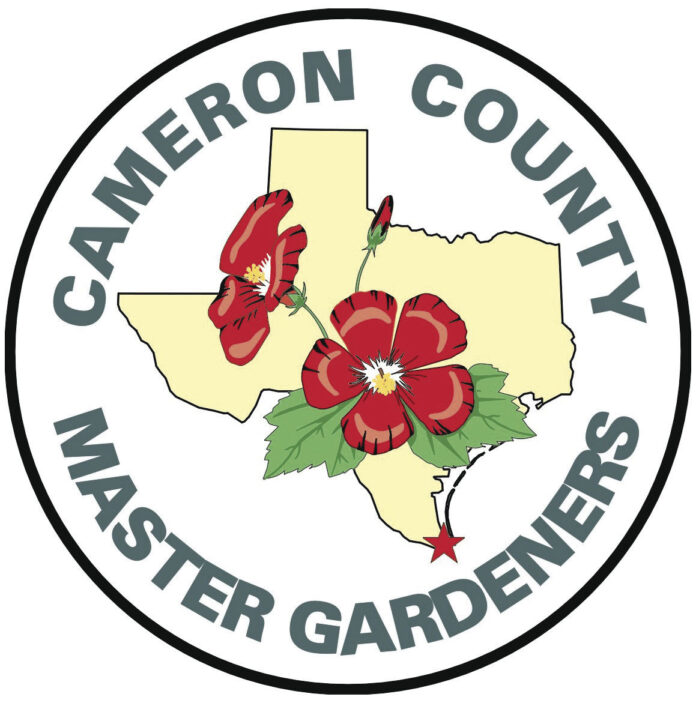BY LORI MURRAY
Intensely bright daffodils represent rebirth or can be a symbol of future prosperity. Maybe they even provide a bit of luck!
March is a busy month for gardeners in Cameron County. The threat of a freeze is mostly past (although anything can – and often does – happen!). This is the month to act on the ideas and plans made in the colder months and to enjoy working outdoors before the heat of summer takes over. It continues to be a good time to set out tomato plants and a great time to start hanging baskets for months of enjoyment.
Pruning of evergreens and summer flowering trees and shrubs should be completed in early March.
Spring flowering trees and shrubs should not be pruned until they finish blooming. If something has kept you from pruning your roses, get it done now!
Start hanging baskets of petunias, ferns and others for another dimension in landscape color.
The word for this month is PROPAGATE. Root stem cuttings of kalanchoe, begonias, and succulents like ice plant. Plant dahlia tubers in fertile, well-drained soil.
Separate and plant chrysanthemum and daisies, agapanthus and daylilies. Transplant seedlings and make a home for bedding plants.
Fertilize roses every four to six weeks from now until September. Daylilies need a good feeding of superphosphate.
It’s not too late to start a vegetable garden.
Tomatoes planted now will produce bounty before the nights get too hot for the plants to set fruit, but keep an eye on young plants and be ready to cover them in case of a late frost.
Fertilize your lawn to spur spring growth.
The list of what to plant is lengthy and exciting. Plant periwinkles to provide color through the hot summer.
Plant Penta to attract butterflies. Sow zinnia seeds for summer bloom.
In the vegetable garden, plant beans, cantaloupe, corn, cucumbers, okra, sweet potatoes, pumpkin, peppers, squash, watermelon, and more!
SOURCES: Successful Gardening in the Magic Valley of Texas and The Garden Book for Corpus Christi, South Texas, and the Sub-Tropical Coast




